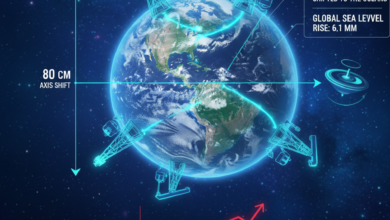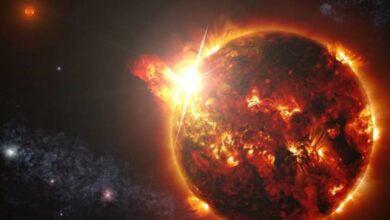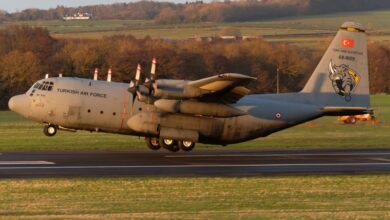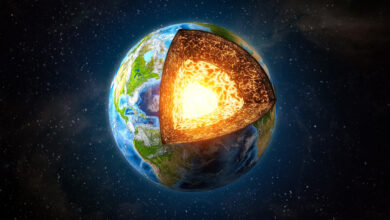
The tomato harvest will leave the International Space Station (ISS) on April 15 aboard the SpaceX Dragon cargo spacecraft, which will carry about 2,000 kilograms of supplies for scientific experiments and resupply.
In the Veg-05 experiment, astronauts on the ISS grew dwarf tomatoes in the orbiting laboratory’s miniature greenhouse and harvested three crops. The tomatoes were then frozen to analyze their nutritional value.
“The crew’s enhanced life experience and ability to grow plants in space for fresh food is important for future long-duration missions,” NASA wrote in a blog post.
Adaptable For Use On Earth
This equipment can be adapted for use around the world to provide fresh produce to those without access to a garden and to offer garden therapy to the elderly and disabled.
Other ISS experiments that will return to Earth over the weekend include crystals produced by the Japanese space agency JAXA that could help in the development of more efficient solar cells and the Canadian Space Agency’s research on how arteries age in microgravity.
Since The 1980s, Growing Plants Has Been The Subject Of Numerous Experiments
Growing food and plants in space has been the subject of numerous experiments by various space agencies since the 1980s, when a Soviet crew grew the first flower on the Salyut 7 space station.
Last year, Chinese astronauts, known as astronauts, grew paddy from seed for the first time in space. This was the first time scientists had successfully produced the entire life cycle of a paddy, from seed to a mature plant capable of producing its own seeds, in a microgravity environment.
NASA will broadcast the launch and departure of the Dragon cargo vehicle from the ISS on Saturday, April 15 at 5:45 p.m. Turkish time, free of charge and live on its website.






